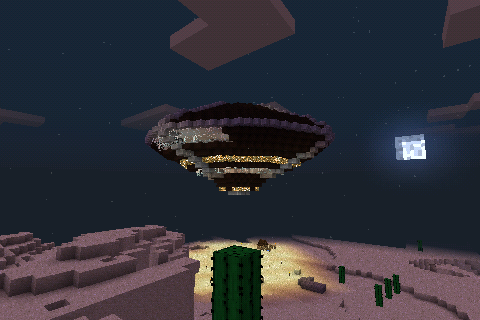Предмет: Математика,
автор: Аноним
гирлянда состоит из крас ных синих зеленых и желтых шаров всего лишь 125 синих Шара в 2 раза больше чем красных зеленых шаров в 3 раза больше чем синих желтых шаров на 10 меньше чем зеленых Сколько красных шаров в гирлянде
Приложения:

Ответы
Автор ответа:
0
Примем количество красных шаров за х штук.Тогда согласно условиям задачи количество синих шаров составит 2х шт, а количество зеленых 3*2х=6х шт, желтых же будет 6х-10 штук.Учитывая, что всего шаров в гирлянде 125 штук, получим и решим уравнение:
х + 2х + 6х + (6х-10) = 125
х + 2х + 6х + 6х - 10 = 125
15х - 10 = 125
15х = 125 + 10
15х = 135
х = 135 : 15
х = 9
Ответ: 9 красных шаров.
х + 2х + 6х + (6х-10) = 125
х + 2х + 6х + 6х - 10 = 125
15х - 10 = 125
15х = 125 + 10
15х = 135
х = 135 : 15
х = 9
Ответ: 9 красных шаров.
Похожие вопросы
Предмет: Русский язык,
автор: gajv355
Предмет: Информатика,
автор: arnur1baitursin
Предмет: Окружающий мир,
автор: fedorechev1702
Предмет: Математика,
автор: ульянка604442
Предмет: Химия,
автор: prishchiepo